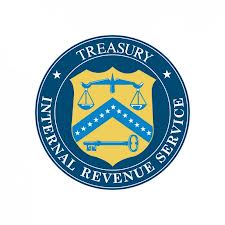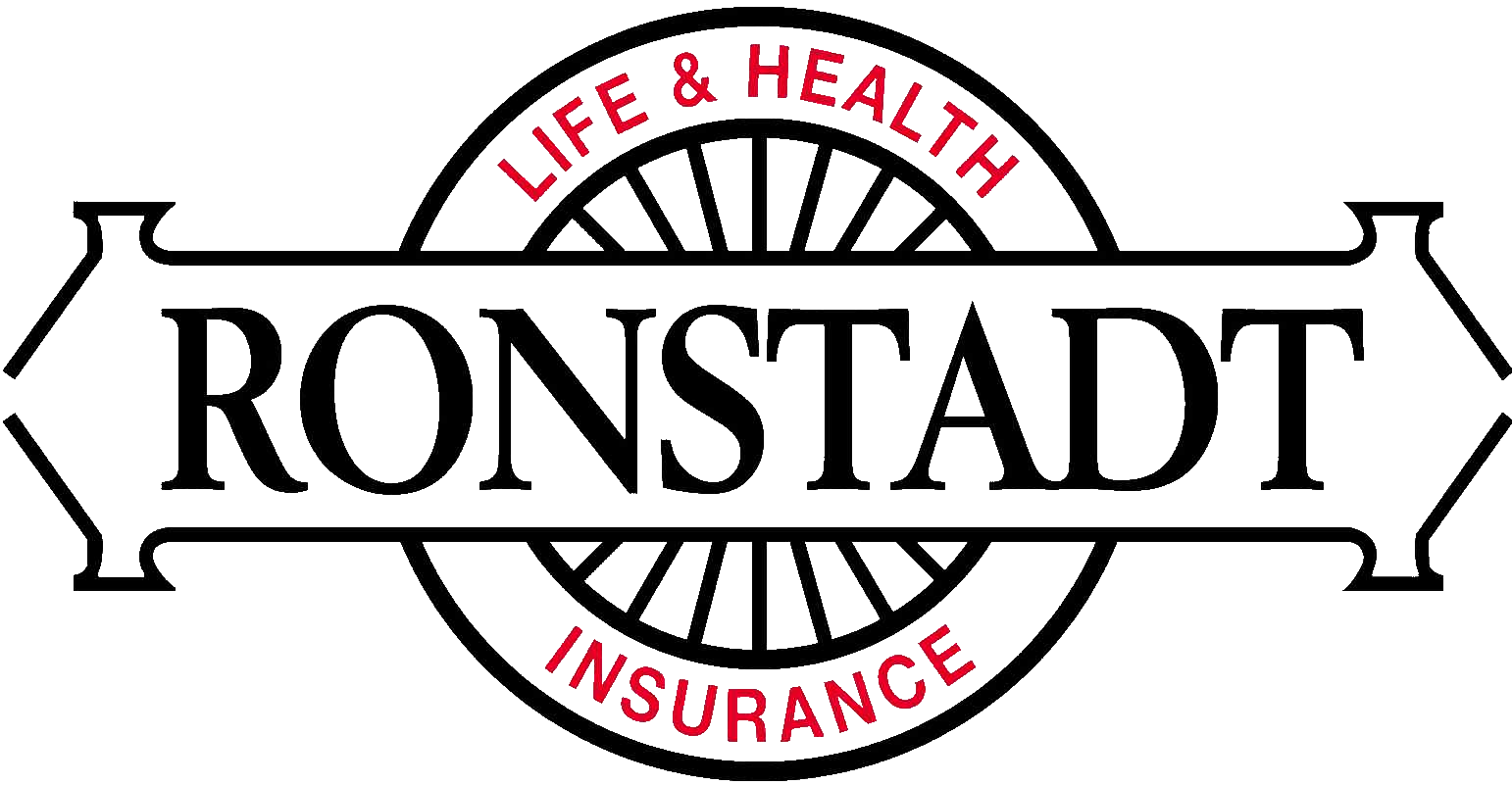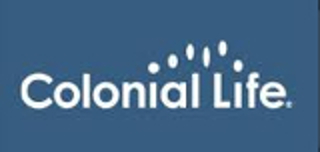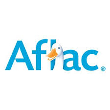January 22, 2013
Jerry Geisel
 Employers will not face massive penalties mandated by the health care reform law if they do not offer coverage to all their full-time employees, according to newly proposed Internal Revenue Service regulations.
Employers will not face massive penalties mandated by the health care reform law if they do not offer coverage to all their full-time employees, according to newly proposed Internal Revenue Service regulations.
The massive $2,000-per-full-time-employee penalty will not apply so long as employers offer coverage to at least 95% of their full-time employees and their dependents up to age 26, the IRS said.
Those eagerly awaited regulations, which were issued last week, end more than a year and a half of uncertainty involving a health care reform law provision of crucial importance to employers.
$2,000 penalty
Read literally, the Patient Protection and Affordable Care Act imposes, effective in 2014, a penalty of up to $2,000 per full-time employee on employers with at least 50 employee even if just one full-time employee is not offered coverage, is eligible for a federal premium subsidy, and used the subsidy to buy coverage in a public health insurance exchange.
That prospect alarmed employers. Without regulatory flexibility, Click Here to continue article.
January 11, 2013
With some recent proposed rules, federal agencies should make it easier for employers to get serious about wellness in the quest to cut healthcare costs.
By Tom Starner
Thanks to the latest federally issued healthcare-reform guidelines, wellness in the American workplace should end up getting a welcomed booster shot in 2014 and beyond.
Even with that positive news, however, experts say the next two years remain full of uncertainty and complexity, warning employers and HR executives to stay focused as the Affordable Care Act continues to unfold bit by bit.
Specifically on the wellness front, the Department of Health and Human Services, the Department of Labor and the Treasury Department in late November jointly released proposed rules for employer-based wellness incentives, which would apply to plan years beginning on or after Jan. 1, 2014.
The proposal, which increases the caps on employee incentives, should result in a positive impact for employers who either already are serious or are thinking about getting serious with their wellness-program strategies, according to experts.
In 2014, according to a government fact sheet, the proposed maximum financial incentive for “standards-based” wellness programs (those that have metrics or specific goals attached) will jump from the current 20 percent to 30 percent of the cost of coverage. Also, the maximum incentive for wellness programs designed with . . Click here to continue
 Employers will not face massive penalties mandated by the health care reform law if they do not offer coverage to all their full-time employees, according to newly proposed Internal Revenue Service regulations.
Employers will not face massive penalties mandated by the health care reform law if they do not offer coverage to all their full-time employees, according to newly proposed Internal Revenue Service regulations.
















